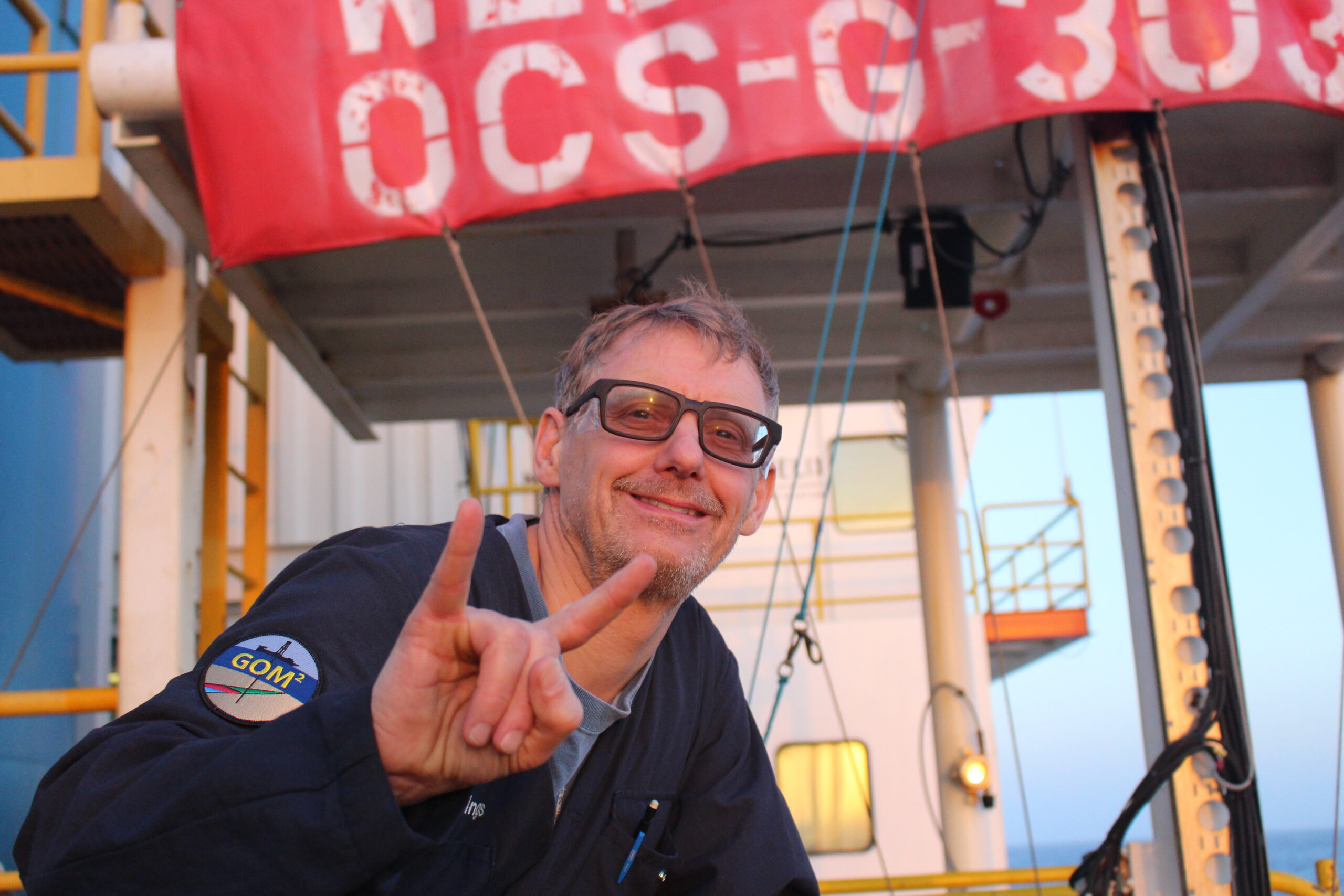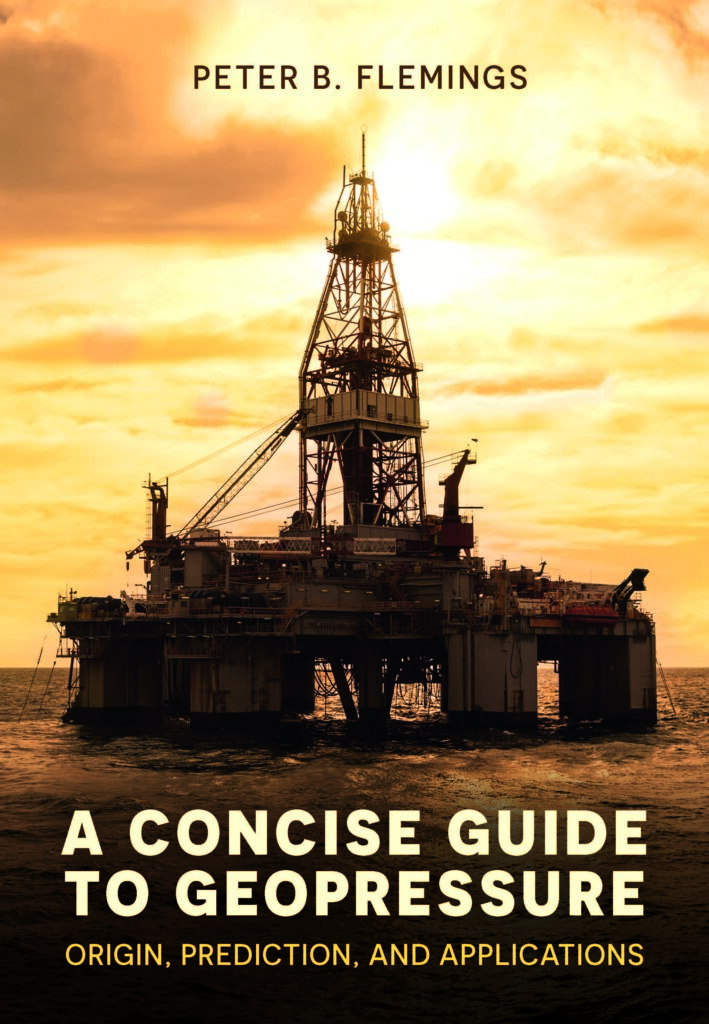A new book about geopressure, the study of fluid pressure in geologic systems, marks a significant step in the science of subsurface geology.
Written by Peter Flemings, a professor at The University of Texas at Austin Jackson School of Geosciences, A Concise Guide to Geopressure: Origins, Predictions and Applications is both a guide for drilling into the Earth, and a way of explaining the geologic processes that shape the ground beneath our feet.
“This book reflects 25 years of research in pore pressure supported by industry — through the UT GeoFluids Consortium — and the federal government,” Flemings said. “If you want to understand and predict the distribution of pressure in the subsurface, or you want to know how these pressures drive myriad geologic processes, you should get this book.”
Geopressure describes fluid pressure within the pores of rocks. When rocks are buried, the fluids within them cannot escape because the pores of compacted rock are too small. Trapped, the fluids bear the weight of the Earth above them, resulting in extraordinary pressures. Those pressures are intensified by tectonic movement, which can also deform the Earth’s layers in ways that focus or corral fluids in the subsurface.
Scientists have known about geopressure for over a century. However, the knowledge has been compartmentalized within geotechnical engineering, petroleum engineering and geoscience. Flemings’ book brings these disciplines together to provide a unified understanding of geopressure based on the stratigraphy, structure and evolution of the Earth. In practical terms, he hopes this approach will transform how geoscientists understand petroleum reservoirs and help scientists and engineers safely and economically drill geologic systems.

The idea to write a book for both geoscientists and engineers began in the aftermath of the deadly 2010 Deepwater Horizon blowout at the Macondo oilfield in the Gulf of Mexico. That event made the public abruptly aware of the challenges of deepwater drilling, but it also brought home to Flemings the realization that the conditions at Macondo could have been better understood through a deeper understanding of geopressure.
The Macondo example is threaded throughout the book, and its lessons are supplemented with methods for predicting pressure, making the book an invaluable resource for petroleum geologists and engineers. The same concepts and lessons will also be useful for scientists exploring ways to safely store carbon dioxide underground.
The book, however, deals with much more than just drilling. It also explains how geopressure controls geological phenomena. Examples include how layers in the Earth can focus hydrocarbons into a petroleum reservoir and how fluid pressure can weaken buried rock and trigger a submarine landslide. Other conditions can force cracks in the Earth, allowing fluids and gasses to escape in seafloor vents around which deepwater life can thrive. The book also examines how geopressure at subduction zones, where one tectonic plate moves over another, can drive earthquakes.
Flemings intends his book to be a one-stop-shop for scientists in any field where geopressure occurs. His hope is that with this book, an important discipline, developed largely for oil and gas development, can be introduced to other geosciences.
A Concise Guide to Geopressure: Origins, Predictions and Applications arrives in the U.S. in early May. The book is available purchase from Cambridge University Press.
Visit the book’s website on Peter Flemings’s research website.

